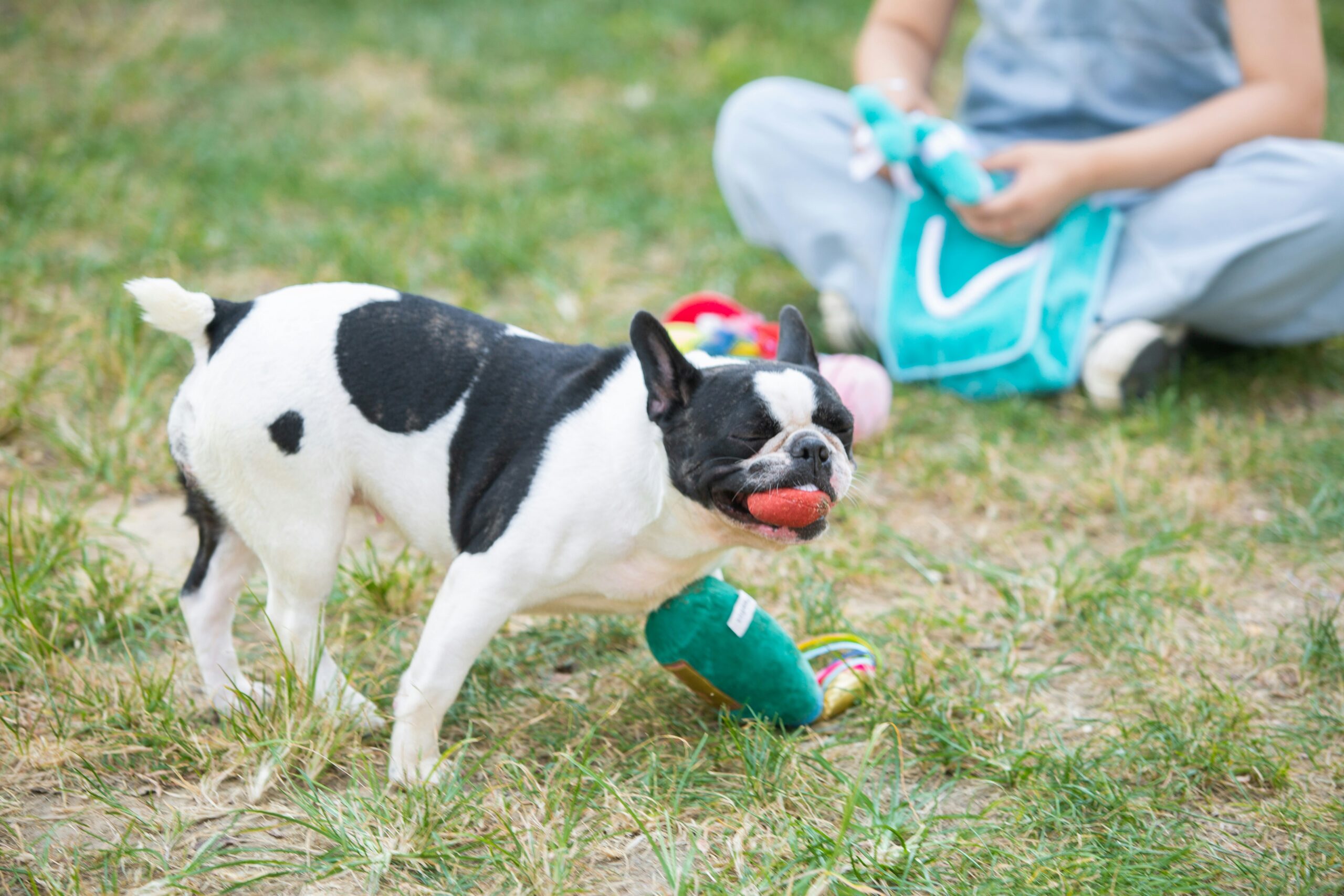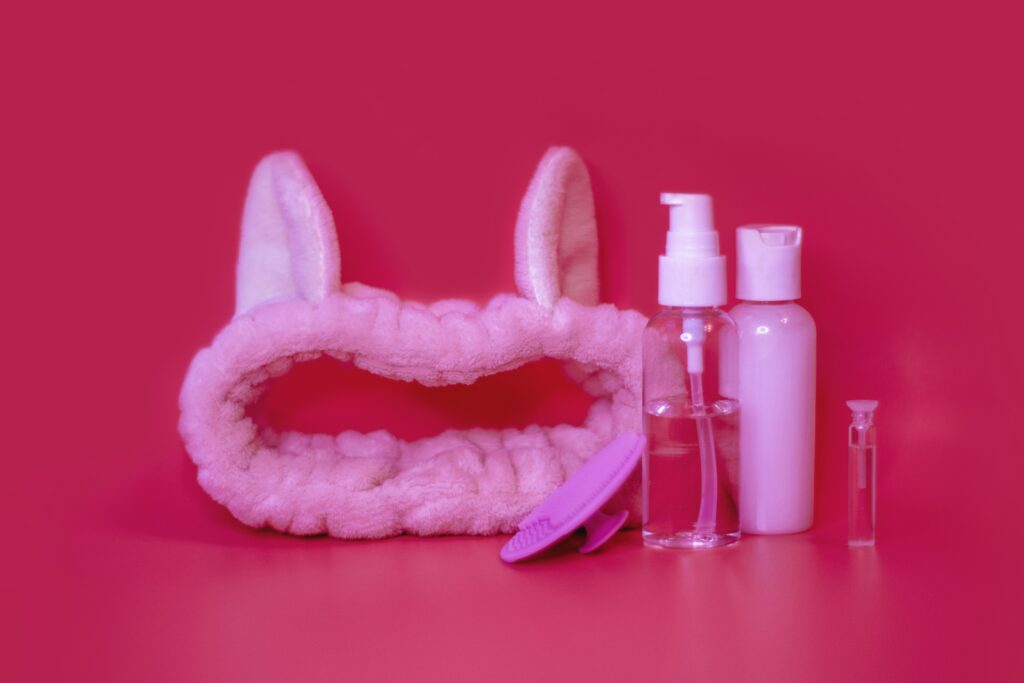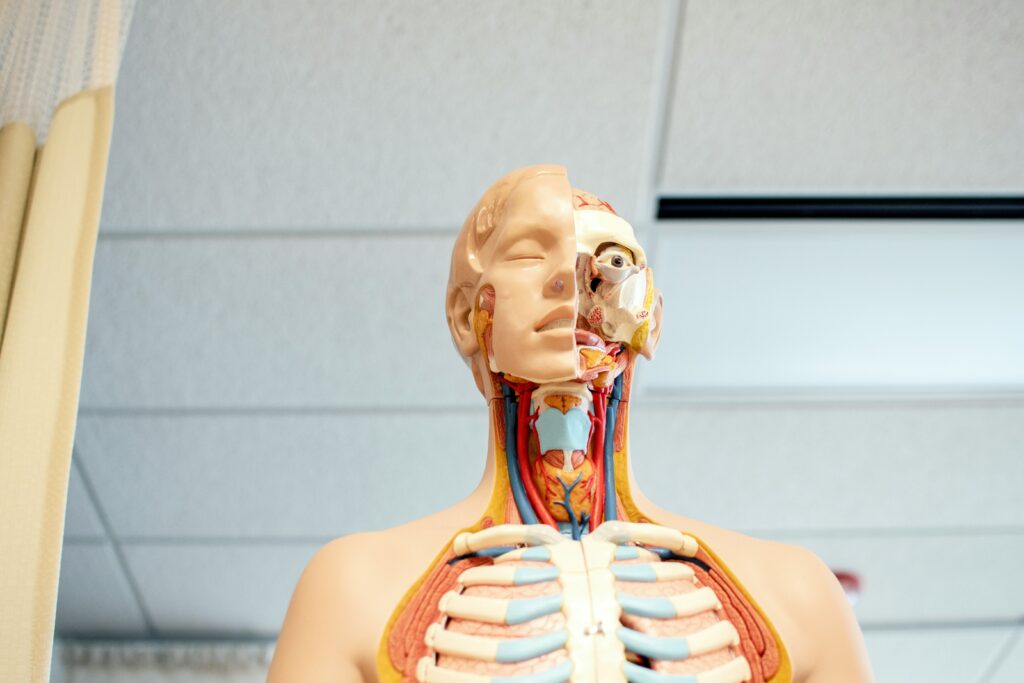“Ever noticed your pup gnawing on a chew toy like it’s their eternal lifeline—and then wondered if that toy is *actually* safe? Yeah, us too.”
Dental toys are the MVPs of pet care. They clean teeth, freshen breath, and keep destructive chewing habits in check. But here’s the kicker: not all dental toys are created equal. Some are secretly packed with harmful chemicals like BPA (Bisphenol A). If you’re nodding along, worried about your furry friend’s health, this guide is for you.
In this post, you’ll discover why BPA-free materials matter for your dog’s dental toys, how to spot them, and what tips will save your pup from toxic playtime disasters. Let’s dive in!
Table of Contents
- Why BPA-Free Matters for Pet Safety
- How to Choose Safe Dental Toys
- 5 Best Practices for Picking BPA-Free Toys
- Case Study: The Switch to BPA-Free
- FAQs About BPA-Free Dental Toys
Key Takeaways
- BPA can harm your dog’s health—stick to BPA-free toys.
- Identify high-quality materials through certifications and trusted brands.
- Cheap isn’t always better; invest in durable, safe options.
Why Does BPA-Free Matter Anyway?
“Optimist You: ‘What’s the worst that could happen?’
Grumpy You: ‘Your dog might end up sick because someone cut corners on chew toys.'”
BPA, or Bisphenol A, is an industrial chemical used in plastics that has been linked to hormonal imbalances and other health issues—not just in humans but also in pets. When dogs chew on toys made with BPA, they risk ingesting small amounts of this toxin over time. Overexposure may lead to digestive problems, weakened immune systems, or worse.

A quick scan of recall notices reveals dozens of pet products pulled off shelves due to unsafe materials. Feeling cringey yet? This brings me to my next point…
How to Choose Safe Dental Toys Step by Step
Step 1: Check Labels Carefully
When shopping, look for labels that explicitly say “BPA-Free” or mention FDA-approved materials. Trustworthy brands often include these details upfront since transparency matters.
Step 2: Prioritize Natural Rubber Options
Natural rubber toys are generally safer than hard plastics. They are more eco-friendly, less likely to break into small pieces, and gentler on gums during aggressive chew sessions.
Step 3: Read Customer Reviews
Your fellow dog parents know best. Skim reviews to see if any buyers flagged concerns about safety or durability.
Step 4: Avoid Brightly Colored Plastics
Yep, I once bought a neon green chew ring thinking, “Wow, doesn’t that pop!” Big mistake. Bright colors sometimes indicate artificial dyes or lower-quality plastics. Lesson learned: neutral tones > flashy hues.
5 Best Practices for Choosing BPA-Free Dental Toys
- Stick to Reputable Brands: Companies specializing in pet supplies prioritize safer materials.
- Inspect Regularly: Even BPA-free toys wear down. Replace them before chunks start breaking off.
- DIY Test: Smell test incoming! If a new toy smells strongly of chemicals, return it immediately.
- Rotate Play Items: Vary toys to reduce boredom—and wear-and-tear risks.
- Terrific Tip to Ignore: Never assume a product labeled “non-toxic” is automatically BPA-free. Always double-check ingredients!
Case Study: Why Switching to BPA-Free Toys Was a Game Changer
Meet Max, a chihuahua mix who went from vomiting frequently to thriving after his owner switched to BPA-free dental toys. His human initially thought Max’s digestive woes were food-related until their vet flagged potential toxin exposure via chew toys. After switching brands, Max rebounded faster than ever—and now he’s got energy for days.

This isn’t just one dog’s story—it reflects countless real-life wins when owners make smarter choices.
FAQs About BPA-Free Dental Toys
Are All Dental Toys Free of Harmful Chemicals?
Nope—many still contain questionable materials unless specifically marked otherwise. Always verify claims.
Can a Toy Look Safe but Still Be Dangerous?
Absolutely. Flimsy construction, bright paints, or lingering chemical odors are red flags even if the label seems legit.
Where Can I Find Affordable BPA-Free Toys?
Try online pet specialty stores like Chewy.com or local boutique shops focusing on sustainable pet products.
Conclusion
Choosing BPA-free dental toys isn’t just a trend—it’s a necessity for keeping your four-legged friend happy and healthy. By understanding what to avoid, investing in quality materials, and staying vigilant about wear-and-tear, you ensure every chew session ends in smiles—not sneaky toxins.
Remember, folks: A tail-wagging life begins with thoughtful choices. Here’s to raising healthier pups, one bite at a time!
P.S. Bonus haiku for you:
Chew soft, live strong,
Toxins have no victories;
BPA-free love.


